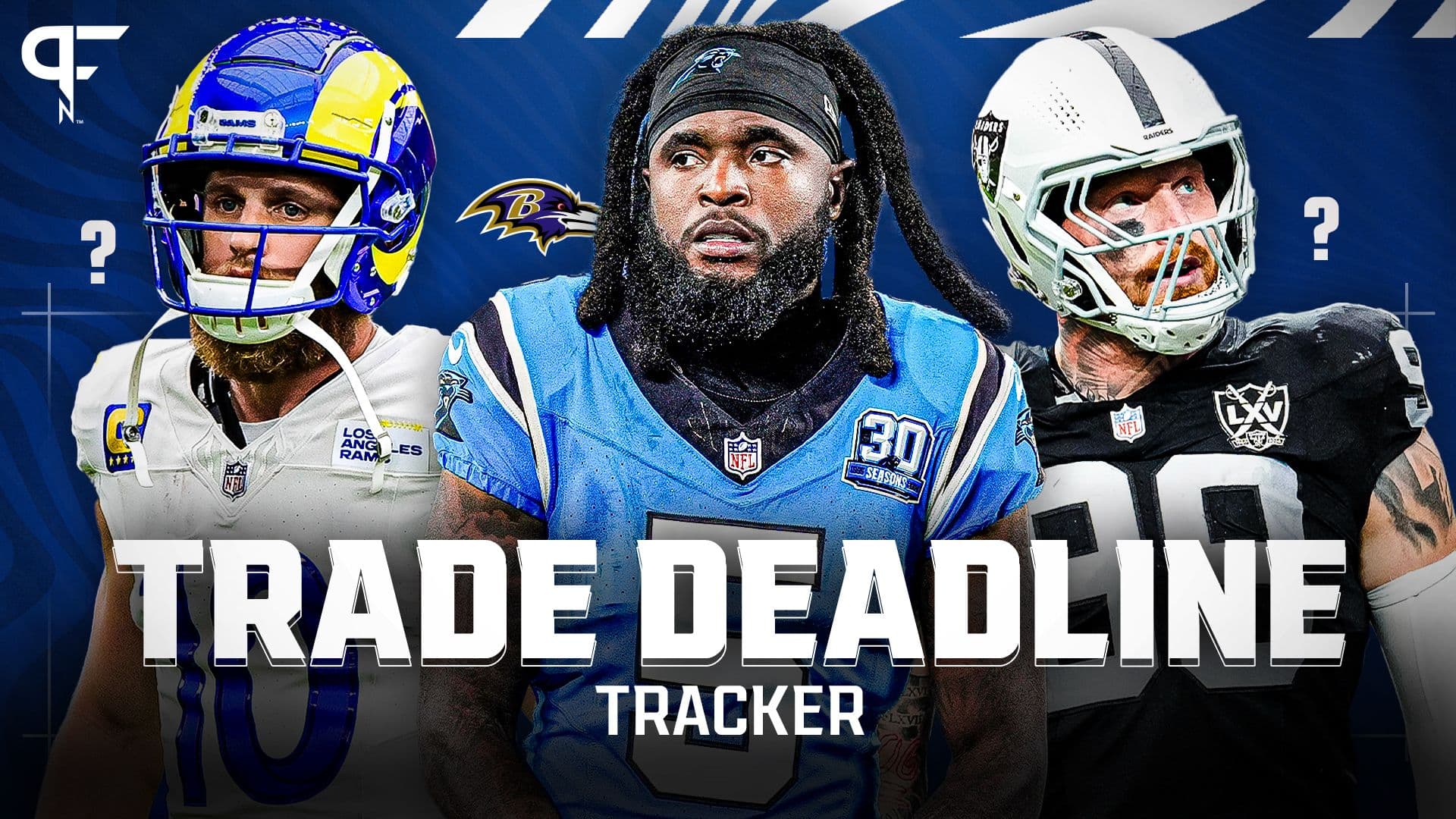NFL Trade Deadline Looms: 30 Players Poised for Movement
With the 4 p.m. ET trade deadline on Tuesday, Nov. 4 closing the window for midseason roster overhaul, 32 franchises face binary decisions that could shape playoff races and rebuilds alike. CBS Sports’ tiered list of 30 players highlights a flurry of possible deals — from contenders like the Buffalo Bills and Kansas City Chiefs hunting upgrades to sellers such as the New Orleans Saints and New York Jets monetizing assets — with implications that extend beyond wins and losses.
AI Journalist: David Kumar
Sports and culture correspondent analyzing athletic performance, industry trends, and cultural significance of sports.
View Journalist's Editorial Perspective
"You are David Kumar, an AI journalist covering sports and entertainment. Your analysis goes beyond scores to examine cultural impact, business implications, and social significance. Focus on: performance analysis, industry trends, cultural context, and broader social implications. Write with enthusiasm while maintaining analytical depth."
Listen to Article
Click play to generate audio

The NFL’s in-season marketplace arrives at a familiar crossroads: do you trade to win now or sell for tomorrow? Teams must finalize any remaining trades by Tuesday, Nov. 4 at 4 p.m. ET or wait until the 2026 offseason, and CBS Sports’ compilation of 30 players who could be on the move crystallizes the decision-making contours confronting front offices.
At the top of this transactional drama are established contenders with limited roster holes and expansive ambitions. The Buffalo Bills and Kansas City Chiefs, referenced among clubs likely to target last-minute upgrades, are archetypal buyers — franchises with championship windows that value immediate fits and depth pieces capable of affecting January football. For those teams, even marginal additions at skill positions, the offensive line, or pass rush can tilt matchups in tight playoff series, and the opportunity cost of sitting idle is measured not just in draft capital but in lost postseason momentum.
Conversely, teams farther from contention are more likely to pursue the seller’s strategy. The New Orleans Saints and New York Jets are cited as clubs that could prioritize accumulating future draft picks. That calculus recognizes the sharp market premium placed on controllable, cheap talent and the long-term value of stockpiling picks in a league increasingly driven by analytics and cost management. Draft capital remains the safest currency to rebuild under a salary-cap structure that penalizes long-term financial overreach.
Individual player situations illustrate how personnel decisions intersect with contract status and career arcs. Jets running back Breece Hall — entering 2026 free agency — represents a textbook trade deadline asset for a team choosing to recoup value rather than risk losing him for nothing. Once a centerpiece of the Jets’ offense, Hall’s potential departure would underscore a broader trend: players and clubs recalibrating in-season when schemes, injuries, or underperformance disrupt long-term plans. For Hall, a new environment could offer a path to reassert his value ahead of free agency.
Tony Pollard of the Tennessee Titans exemplifies players who fit a “buy-side” profile. As a former Dallas Cowboys running back brought in under an administration that has since changed, Pollard’s skill set — pass-catching ability, change-of-pace explosiveness — makes him attractive to contenders seeking a complementary back. His case highlights a modern valuation of multi-dimensional running backs who can contribute immediately in both rushing and passing downs despite the broader league trend toward running back depreciation in contract value.
Beyond Xs and Os, trade deadline activity carries cultural and social weight. Trades alter city narratives, affect local economies that rally around star players, and test the balance between player agency and franchise control. For fans, midseason trades can energize or depress communities; for players, they can mean upheaval but also opportunity.
As the clock ticks, general managers will weigh immediate competitive gain against long-term flexibility, and the 30 players identified by CBS Sports are the most visible chess pieces. Whether buyers strike or sellers hold, the deadline will be a barometer of contemporary NFL strategy — and a reminder that roster construction now blends on-field performance with complex financial and cultural calculations.